Along with hosting YouTube’s leadership for the first time, this year’s Mipcom also turned the spotlight on the different models powering the creator economy at a packed session on Tuesday morning.
Hosted by “What’s Trending” CEO Shira Lazar, the Creator Upfronts featured Callum McGinley aka “Callux” and Ben Doyle aka “Rvbberduck” from After Party Studios, followed by Sean Atkins from Dhar Mann Studios and Kudzi Chikumbu, Tubi‘s VP of creator partnerships.
Callux and Rvbberduck were joined on stage by Nella Rose, a hugely popular YouTuber and presenter who previously took part in the U.K. reality series “I’m A Celebrity Get Me Out of Here” and has over 4 million followers across TikTok, Instagram and YouTube. Rose announced her new show “The Nella Rose Show,” which After Party Studios will be producing and pitching to potential broadcasting and streaming partners.
It wasn’t the first time the Cannes-set television market gave an in-depth look at the digital creation biz. A decade ago, as Mipcom boss Lucy Smith reminded the audience during her introduction, the conference hosted the Mip Digital Upfront, a one-off initiative she said was “well received, but felt a bit premature for the market.” The creator economy is now “shaping the future of entertainment” and there are more and more partnerships with traditional media, as illustrated by BBC Studios’ recent deal with YouTube discussed on Monday by BBC Studios digital SVP Jasmine Dawson and YouTube’s EMEA boss Pedro Pina.
During the After Party session, Rvbberduck said he met Callux in 2015 on a KFC campaign called “Around the World in 99 Gigs,” where he noticed a disconnect between what the client wanted from Callux, which was an “entertainment format that was essentially a long form chicken advert,” and what the director aspired to do, which was to do “crazy stuff” with an audience in mind.
“When we landed back in London, we decided to start our own studios to bridge the gap between mainstream and digital,” Callux said, and “become the No. 1 producers of the internet’s most culturally relevant content.”
“We did this by thinking like a creator,” he said. The company expanded to a team of over 30 people who “approach every project like they’re a creator,” which he argues is key because “these social platforms were built and sculpted by creators.” Ultimately, After Party Studios has succeeded in positioning themselves “neatly in this spot in the middle between creators, brands and commissioners,” Callux said. Some of the banner’s collaborations with broadcasters include the Channel 4.0 show “Hear Me Out” and the Sky Sports series “Scenes” for next-gen football fans.
There’s still work to do to find a common ground in terms of tone and creative freedom. Rose spoke about her different experiences working for television on shows like “I’m a Celebrity Get Me Out of Here” and for digital media, emphasizing the fact that there’s still much more creative freedom in the digital space.
“There’s a big difference with reality TV; it’s scripted from start to finish. And a lot of people don’t know that … Whereas in digital media, I could be 100% myself and my audience resonates way more with how I am actually in digital than on TV,” Rose said. Her next format, “The Nella Rose Show,” which After Party Studios is developing independently, will look to capture her unhinged spontaneity even if it will be pitched to broadcasters down the line.
Over at Dhar Mann Studios, Atkins talked about how the company, which specializes in inspirational scripted long-form, has become one of the largest creators on Facebook and YouTube, boasting 143 million global followers.
He said “the good thing about storytelling is that it’s pretty universal, particularly with what we do which is all on human emotions” and is “dealing with themes like acceptance or rejection inequality.”
Atkins, who joined Dhar Mann Studios in 2024 and previously headed MTV as well as worked as chief digital officer at Discovery, said the banner has also thrived by having lean operations.
He said Dhar Mann Studios produce five and a half hours of television shows every week with only nine crews, running about 18 hours a day, seven days a week.
“If you stepped onto the lot, it would look like you’d stepped onto a Warner Bros. lot or you’ve gone to Pinewood here in the U.K. But in terms of how it works compared to kind of traditional media, it’s just much more lean and much more efficient because that’s what the economics require,” Atkins said. “It’s like, you want to make a feature film, you need thousands of people. If you want to make a broadcast television show, you need 100 people. To make a cable show, you need tens. And if you want to make a digital show, one. It’s just an exponential curve.”
Atkins also talked about the revenue model for Dhar Mann Studios, which he says comes from different sources. One of them is basic revenue sharing, where the creator receives approximately half of the money generated by across six platforms; the second is brand deals, which are actually more lucrative for creators and represent approximately 50% to 60% of their revenue; and then the ancillary business development where Dhar Mann Studios works with its agency, Fifth Order, to help creators manage their assets.
The Upfronts concluded with a discussion around distribution with Tubi’s Chikumbu, who said the AVOD service was an attractive destination for creators because of its powerful reach. “We’ve grown an audience of fans to over 100 million monthly active users, a lot of them are Gen Z and millennials,” he pointed out. The executive said 70% of them “want content from independent filmmakers, but also from creators.” So far, Tubi boasts a large library of “almost 300,000 episodes and a really strong recommendation system” and the platform’s ultimate goal is to build a “creatorverse.”
“[It’s] a place where creators can have a path to Hollywood but also retain their authentic creativity,” Chikumbu said.
Lazar, who hosted the Mip Digital Upfront 10 years ago, told Variety in a post-mortem chat that the showcase gave “three perspectives” on the sector. She noted that After Party Studios is “a creator-founded company” that is “partnering with other creators, launching shows on their platforms that they fund it in a cost-efficient way, then finding other distribution deals or deciding then to leverage the popularity to get some deals,” whereas Dhar Mann Studios was built around the personality of its creator and has expanded into a production powerhouse. “He’s not just doing it for his own platform, but doing it for others, creating other formats with talents, and doing scripted and long-form in a successful way and monetizing as well,” Lazar said. On the distribution side, meanwhile, Tubi illustrates how “streamers are doing these partnerships with creators with their archive and library, similar to how traditional media did it,” she continued.
At this year’s Mipcom, a number of collaborations with traditional media companies have been announced, including Banijay‘s partnership with YouTube to launch an Entertainment Creators Lab in France and its acquisition of a majority stake in Dutch label Werktitel.

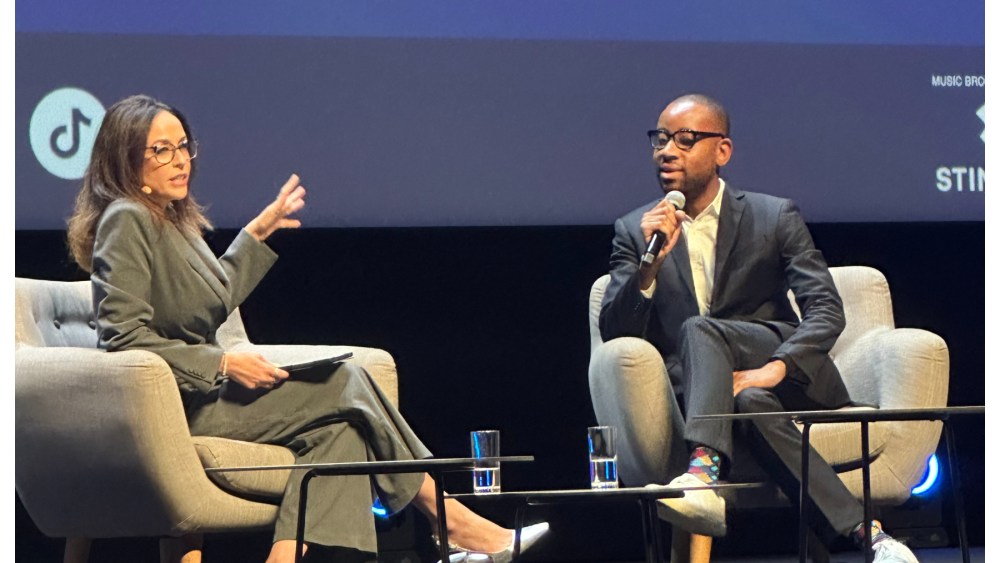
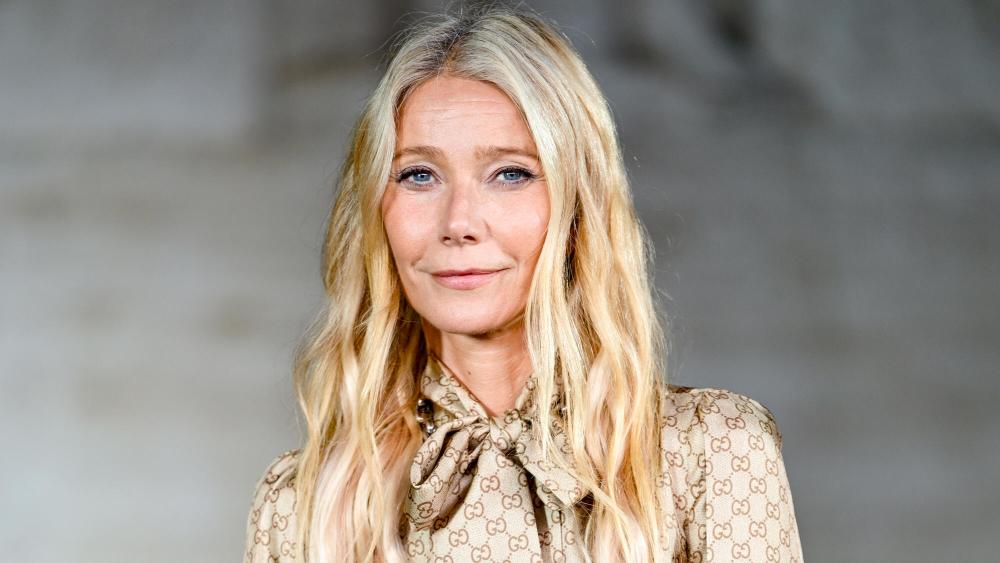
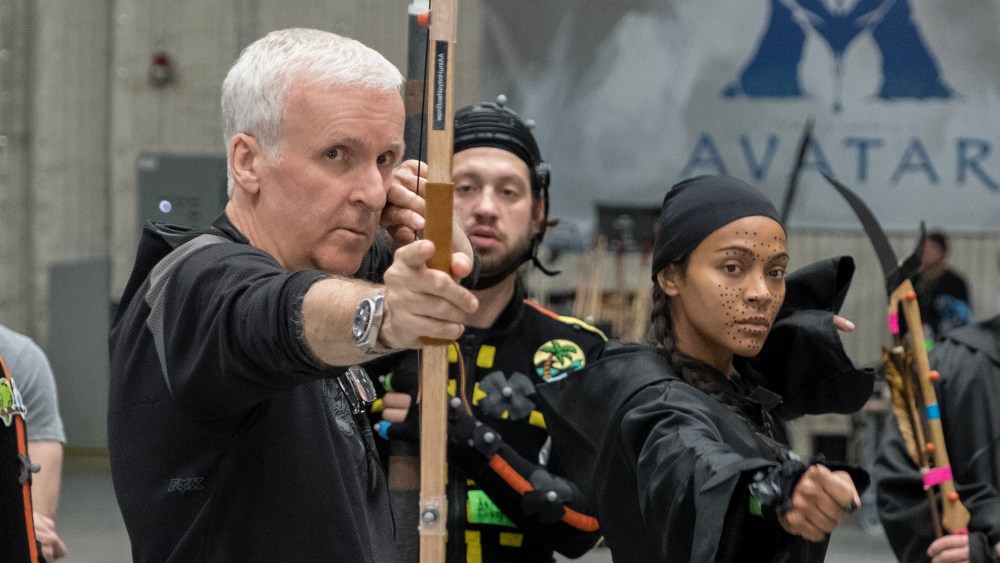

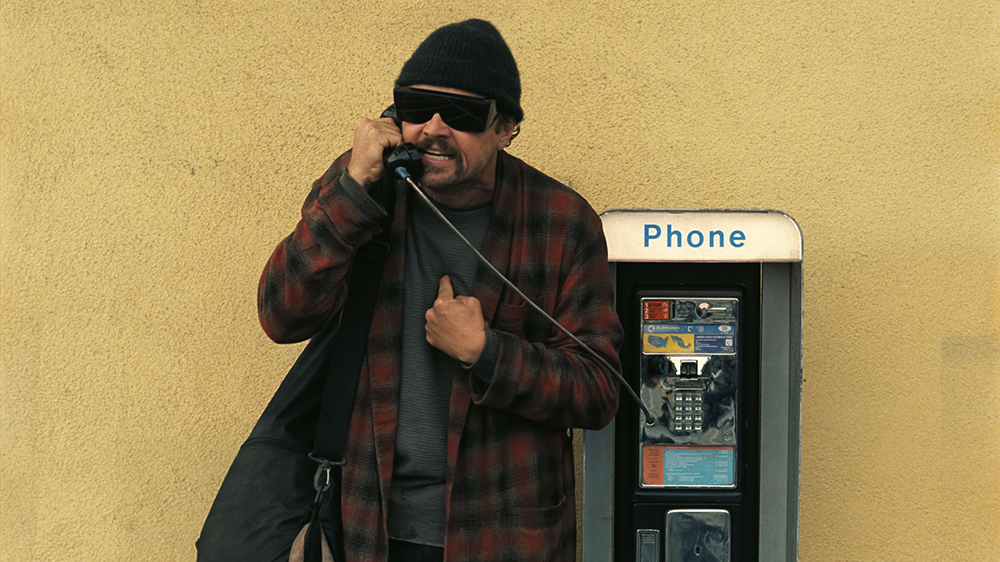
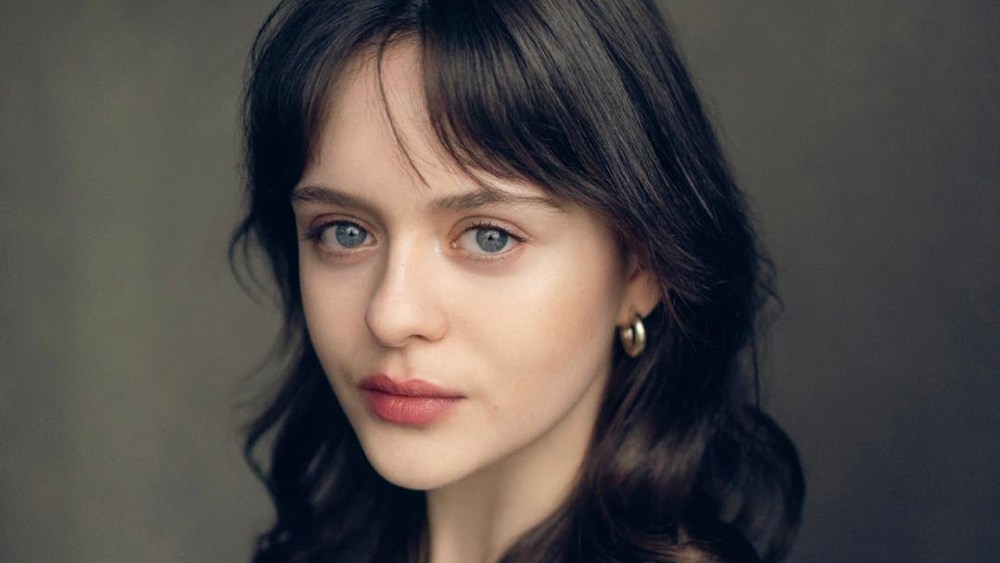
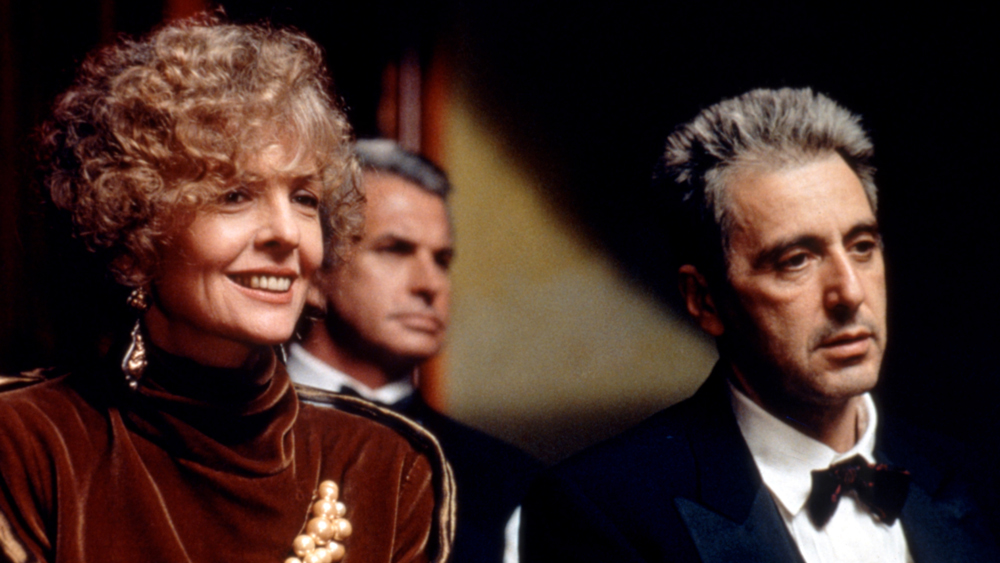
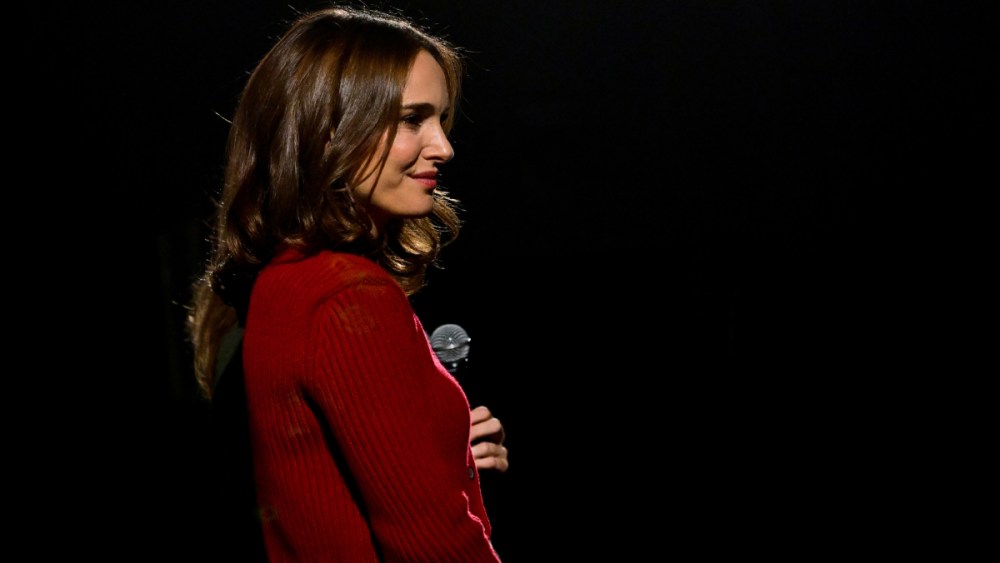
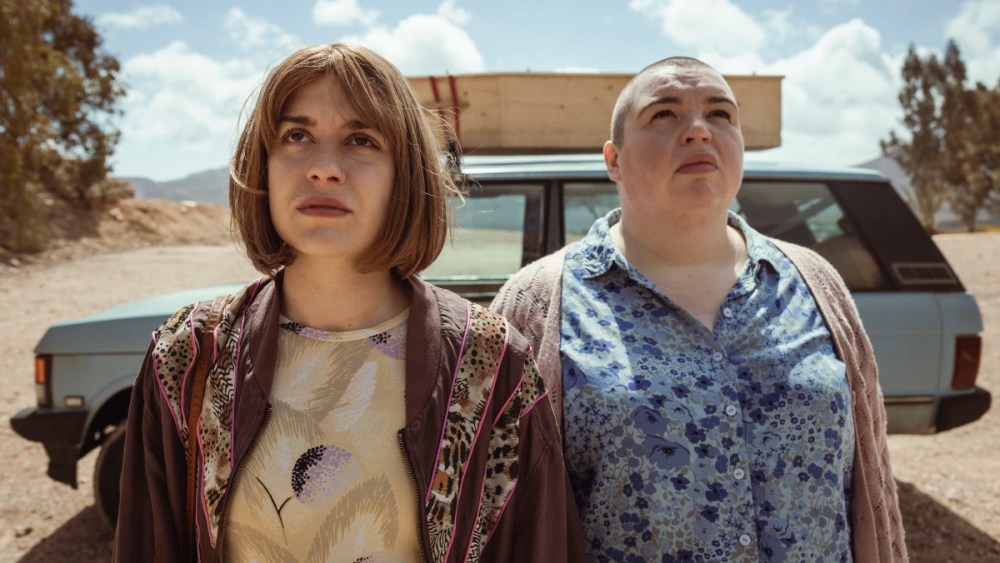
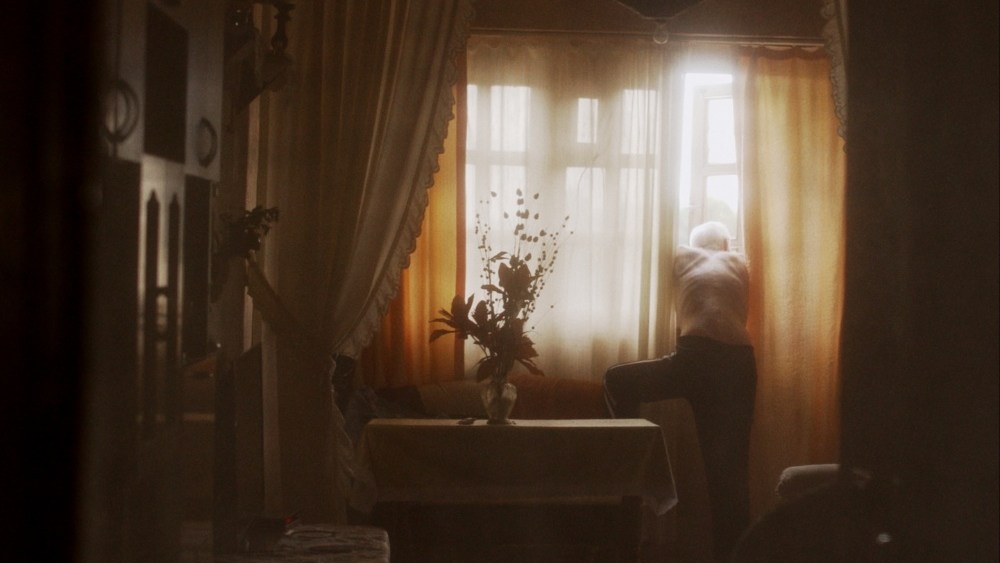



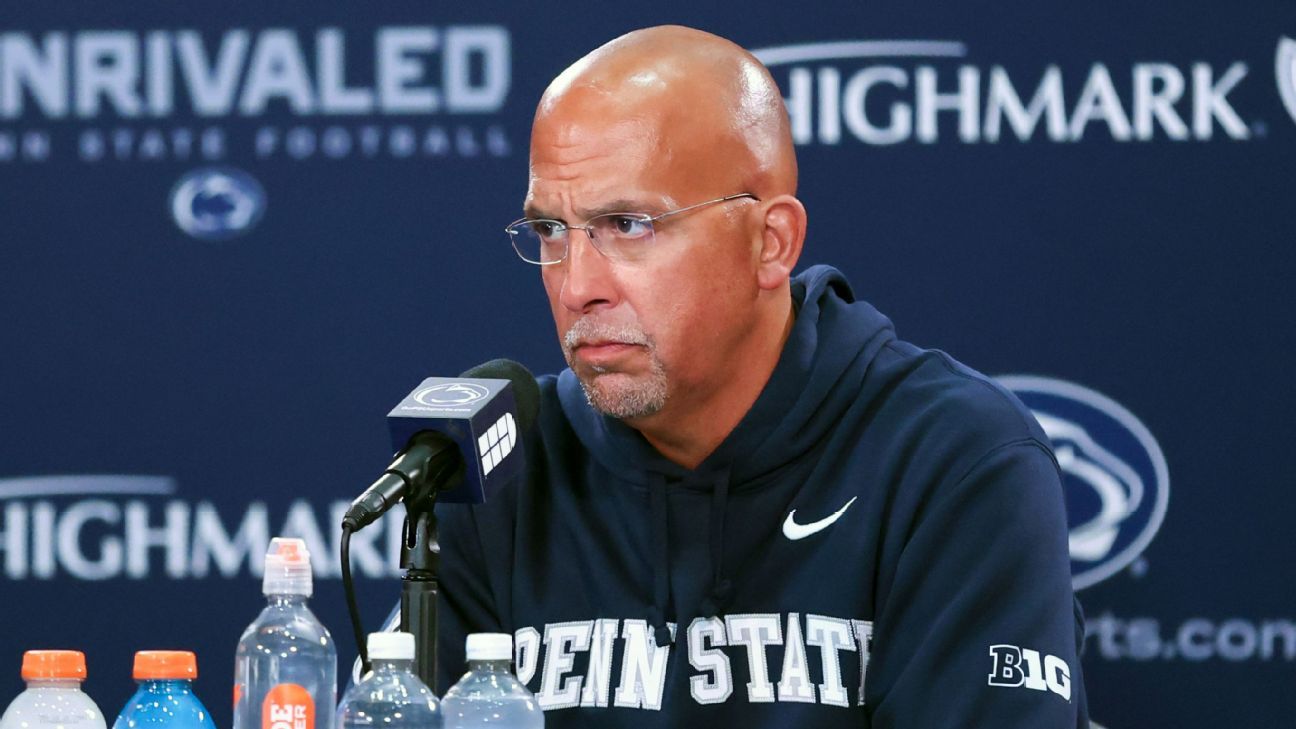
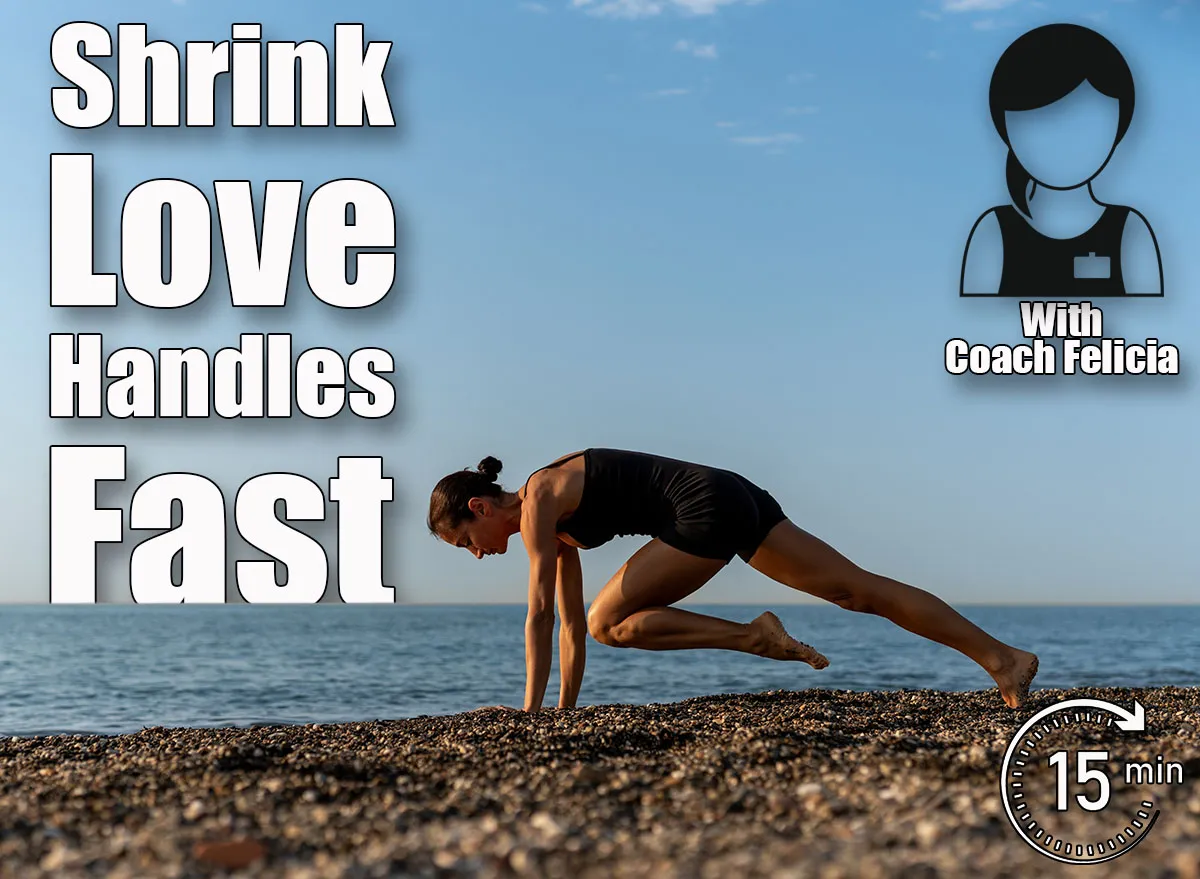
Leave a Reply